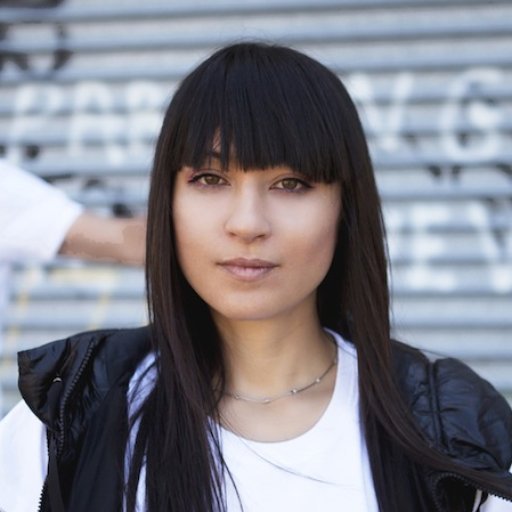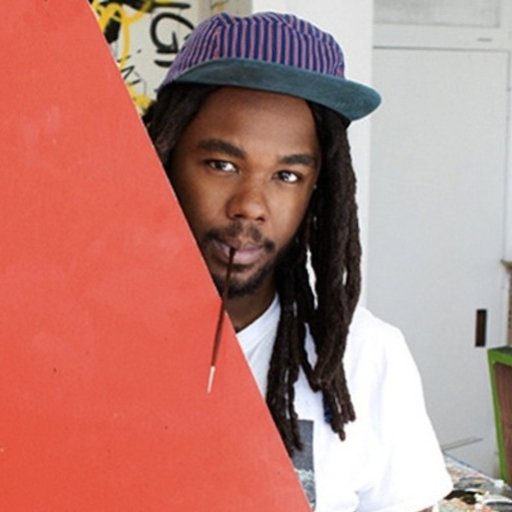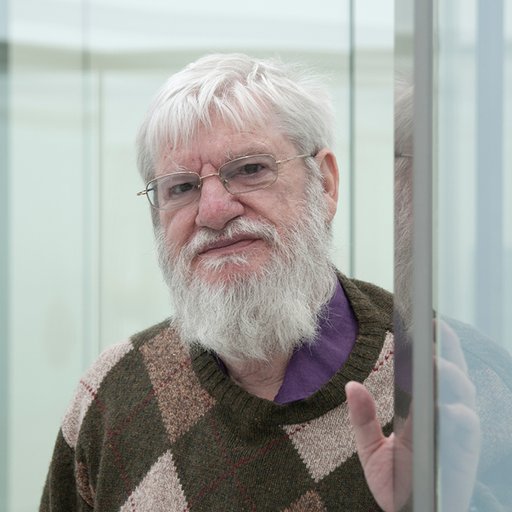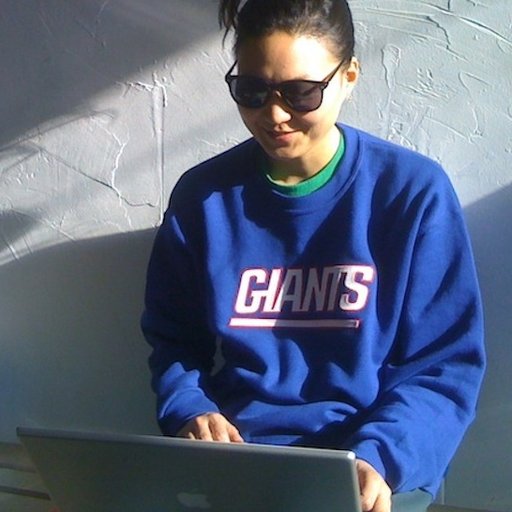World-famous from the day she won the commission for the Vietnam Veterans Memorial while still a 21-year-old undergraduate at Yale, Maya Lin evolved into one of the most versatile practitioners of architecture today, designing everything from private residences to corporate compounds to the memorials that she terms "memory works." From the beginning, she has also pursued a parallel and often intersecting career as a fine artist, creating subtle yet impactful sculptures and installations—such as the renowned Wave Field at Storm King—that are aimed at making viewers aware of the sensitive ecology surrounding them.
Lin is now the subject of a concentrated survey at the Parrish Art Museum in Water Mill, New York, featuring artworks that make visible, in transmuted form, the region's waterways. The show essentially revolves around various modes of cartography: on the wall are silver sculptures shaped like bodies of water in the Hamptons—including the iconic Georgica Pond—as well as the epic Pin River — Sandy, an assemblage of countless tiny metal pins that delineate the watery footprint left by Hurricane Sandy. Then, as the centerpiece, there are also three nested rings of marble whose surfaces are topographical sections of New York City, the equator, and the arctic circle. It's a quiet presentation, and one that draws the visitor to meditate on the power and precariousness of the substance that has fascinated Lin throughout the course of her career: water.
To explore the themes embedded within the work, Artspace editor-in-chief Andrew M. Goldstein spoke to Lin about her show, on view through October 13.
 Pin River—Sandy and Arctic Circle at the Parrish
Pin River—Sandy and Arctic Circle at the Parrish
What is the concept behind the show?
The works in the exhibition incorporate my interest in mappings and focusing attention on natural terrain or phenomena—I like to be site-specific—so I started looking at the environment of the Hamptons. I created Pin River – Sandy for an earlier exhibition that focused attention on New York, and it was a natural to include it at the Parrish since so much of the flooding occurred along the coastal areas. The three bodies of water cast in recycled silver bring into play my interest in revealing the figure/ground reversal of looking at the water as the positive of the map rather than negative space—something we don't focus as much attention on. This show combines my interest in utilizing scientific approaches like cartography and satellite views to reveal aspects of the natural world that we may not be thinking about.
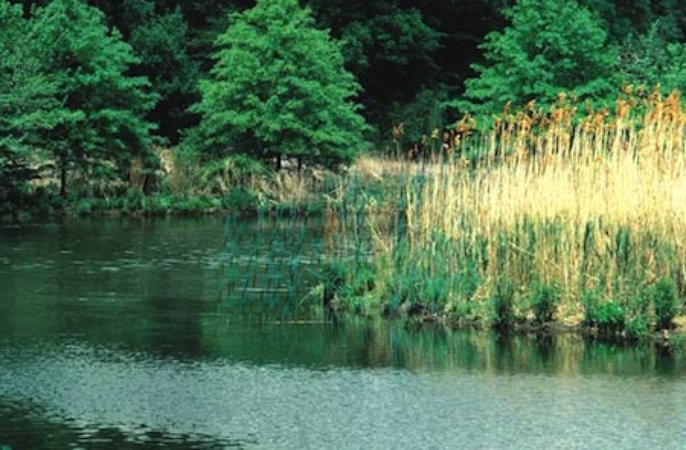 Aligning Reeds (1985) in New Haven
Aligning Reeds (1985) in New Haven
Your work has been positioned within the legacy of Land Art since your first project, the Vietnam Veterans Memorial, which presented a stark black gash of stone as a wound in the earth itself. You have specifically been working with water since your second installation, Aligning Reeds, in which you planted blue metal rods amid reeds on a riverbank near Yale. What is it about bodies of water that you find so compelling as a subject for art?
Perhaps it's because of water's ability to easily exist in three states—ice, mist or steam, and liquid—and that it's so transmutable in form, or perhaps because it's so critical for life on earth. We just aren't thinking about how degraded these freshwater and ocean systems are.
 The Civil Rights Memorial (1989) in Montgomery, Alabama
The Civil Rights Memorial (1989) in Montgomery, Alabama
For your Civil Rights Memorial, you inscribed the wall behind one of your cascading "water tables" with a quote from Martin Luther King Jr.: "… until justice rolls down like waters and righteousness like a mighty stream." Do you also treat water symbolically—or metaphorically—in your work, and if so, how?
I think mapping and cartography approaches water more in its exactitude, and in a somewhat analytic form. The water tables probably come the closest to treating water as a metaphor, with the quiet underground groundswell of information and the stillness of the water until you touch the flat table's surface. But in my new sculptures I'm interested in seeing or revealing actual existing waterways, and trying to see them as whole systems.
In much of your recent work, including Pin River — Sandy, you use a multitude of small components to make up a sweeping whole. In 2011, for instance, you filled one of Pace's Chelsea galleries with thousands of wooden blocks at various heights that together created a giant undulation resembling a wave-like topographical map. What inspires you to take this approach?
It depends on the form I'm sculpting. Water can be seen with more defined edges sometimes—we all tend to map a river as a solid line—but at times water, especially in estuaries or in certain riverine conditions, is much more about dispersal and floodplains. Think of estuaries, salt marshes, or the ambiguity in coast plains. I find the pins to be much better at formally capturing that dispersal, and the ambiguity between land and water.
You're known for making work that's extraordinarily ecologically conscious, drawing your viewers' attention to the catastrophic effects of climate change and the depredation of our natural resources. What do you hope these viewers will take away from experiencing your art?
Curiosity—and a desire to pay closer attention to the natural worlds.
The Parrish refers to you as "one of the most important public artists of our time." Do you think of yourself as a "public" artist, and if so, what does that mean?
I think the "public" part comes from my earlier works, but in the past decade I've found much more of a balance between the outdoor public works and the museum and gallery exhibits. It's just that the large-scale outdoor works came to attention first—even though the smaller scaled artworks have really been the genesis for almost all my work.
 Listening Cone, a wood-lined bronze sculpture containing a video of extinct and endangered species (installed at the California Academy of Sciences) is part of her multisite, multimedia memorial "What Is Missing?"
Listening Cone, a wood-lined bronze sculpture containing a video of extinct and endangered species (installed at the California Academy of Sciences) is part of her multisite, multimedia memorial "What Is Missing?"
You're working now on something called "What Is Missing," a project intended to bring attention to habitat loss and other ecological crises that has been described as your final memorial. Could you talk a little bit about what this project is, and how it came about?
I've been drawn to memorials in the past—the Vietnam memorial, the Civil Rights Memorial, the Women's Table, the Confluence Project—and they're basically history or memory works that focus attention on some of the key sociopolitical shifts in our time. I was approached to do those works, but I've known for almost 20 years that I myself would instigate the project that would be my last memorial, "What Is Missing?," and that it would complete the series. I almost always work in series—it affords me the chance to study a subject more in depth. I knew that "What Is Missing?" would be the project that would take my concern for the environment and the subject of species and habitat loss and transform it into a memorial.
For me, memorials are and always have been a way we can look at history and learn from past events—to see history not in a didactic manner, but to simply present facts and allow people to absorb them and then decide on their own what they'll take away from it. In "What Is Missing?" I do focus on what has been and is being lost, but I also have stepped much more into advocacy at times by presenting information about what each one of us can do to help. I'm currently working on the last part, "Greenprint," which will envision plausible future scenarios that will balance our needs with those of the planet. As an artist, perhaps I can put these issues in a new light—to get us to think differently about what the issues are and what the solutions could be.
 A section of the Confluence Project, an art installation at several points along the Columbia River
A section of the Confluence Project, an art installation at several points along the Columbia River
What other projects are you working on now?
I am installing an exhibition in Madrid for Ivory Press entitled "Rivers and Mountains," and I have another show that will open at the Brower Center at Berkeley focused on "What is Missing?" and the San Francisco Bay. I'll also be exhibiting and discussing "What is Missing?" at the Nevada Museum of Art—this is all in September.
At the same time, I'm building out the last two parts of the Confluence Project, which focuses attention on the history of the Columbia River and the Pacific Northwest. On the architecture front, I'm in the process of building the Novartic headquarters in Cambridge, Massachusetts, along with private residences in New York and Colorado.
So it's a balance between the art, architecture, and the memory works.
















